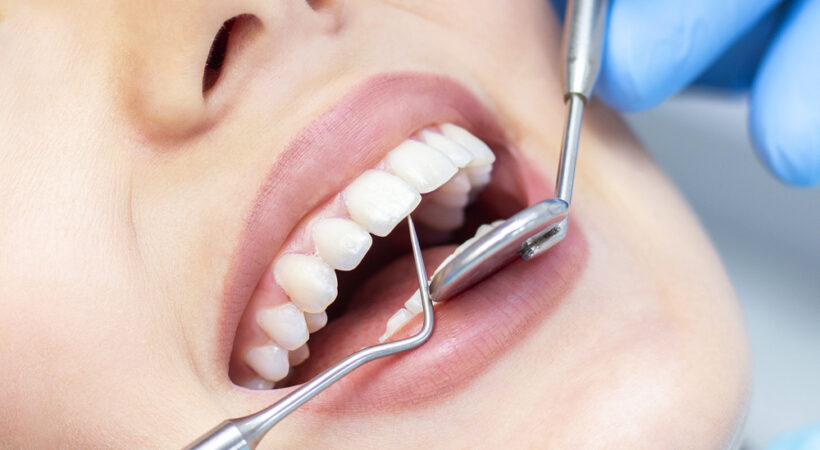In the rapidly evolving world of healthcare, orthodontics stands out as a field that has embraced technological advancements to enhance patient care and improve practice efficiency. With the advent of digital marketing, orthodontic practices have a powerful tool at their disposal to attract new patients and retain existing ones. This article explores how orthodontists can harness the power of digital marketing to grow their practices and stay competitive in the digital age.
Understanding the Digital Landscape
Digital marketing refers to the use of online channels to promote products and services. For orthodontic practices, these channels include websites, social media platforms, email marketing, search engine optimization (SEO), and online advertising. The goal is to reach potential patients where they spend most of their time—online.
Building a Strong Online Presence
The foundation of any successful digital marketing strategy is a robust online presence. This begins with a professional, user-friendly website that provides comprehensive information about the services offered, the orthodontist’s qualifications, patient testimonials, and contact details. The website should be optimized for both desktop and mobile devices, ensuring that potential patients can access information easily, regardless of the device they use.
Search Engine Optimization (SEO)
SEO is a critical component of digital marketing that helps orthodontic practices rank higher in search engine results. By optimizing website content with relevant keywords, such as “orthodontics” and “braces,” practices can increase their visibility to potential patients searching for these terms. Local SEO is particularly important for orthodontists, as most patients prefer to visit a practice close to their home or work. This involves optimizing the website for local search terms and creating a Google My Business profile with accurate location information.
Leveraging Social Media
Social media platforms like Facebook, Instagram, and Twitter offer orthodontic practices an opportunity to engage with potential patients in a more personal and interactive way. By sharing informative and engaging content—such as before-and-after photos, patient testimonials, and educational videos—practices can build a loyal following and establish themselves as authorities in the field of orthodontics. Social media also allows for targeted advertising, enabling practices to reach specific demographics based on age, location, interests, and more.
Content Marketing
Content marketing involves creating and sharing valuable content to attract and engage a target audience. For orthodontic practices, this can include blog posts, articles, videos, and infographics that address common patient concerns and questions about orthodontic treatment. By providing useful information, practices can build trust with potential patients and position themselves as experts in orthodontics. Regularly updating the website and social media channels with fresh content also improves SEO and keeps the audience engaged.
Email Marketing
Email marketing is an effective way to nurture relationships with existing patients and encourage them to refer friends and family. By sending regular newsletters with updates about the practice, special offers, and educational content, orthodontic practices can stay top-of-mind with their patient base. Personalization is key in email marketing; segmenting the email list based on patient demographics and treatment stages can lead to more targeted and effective communication.
Online Reviews and Reputation Management
In the digital age, online reviews play a significant role in a patient’s decision-making process. Positive reviews on platforms like Google, Yelp, and Facebook can enhance a practice’s reputation and attract new patients. Orthodontic practices should actively encourage satisfied patients to leave reviews and respond promptly to any negative feedback. Reputation management involves monitoring online mentions and reviews, addressing concerns, and maintaining a positive online presence.
Pay-Per-Click (PPC) Advertising
PPC advertising allows orthodontic practices to display ads on search engines and social media platforms, paying only when someone clicks on the ad. This form of advertising can be highly targeted, ensuring that the ads are seen by people who are actively searching for orthodontic services. By using compelling ad copy and attractive visuals, practices can drive traffic to their website and convert visitors into patients.
Analytics and Performance Tracking
One of the advantages of digital marketing is the ability to track and measure performance. Using tools like Google Analytics, practices can monitor website traffic, user behavior, and conversion rates. Social media platforms and email marketing services also provide detailed analytics on engagement and reach. By analyzing this data, orthodontic practices can refine their marketing strategies, identify what works best, and allocate resources more effectively.
In the digital age, orthodontics has evolved beyond traditional word-of-mouth referrals and print advertising. Digital marketing offers a myriad of opportunities for orthodontic practices to reach and attract new patients. By building a strong online presence, optimizing for search engines, leveraging social media, creating valuable content, and using targeted advertising, practices can thrive in the competitive landscape of modern healthcare. Embracing digital marketing is not just an option; it is a necessity for any orthodontic practice looking to grow and succeed in today’s connected world.
